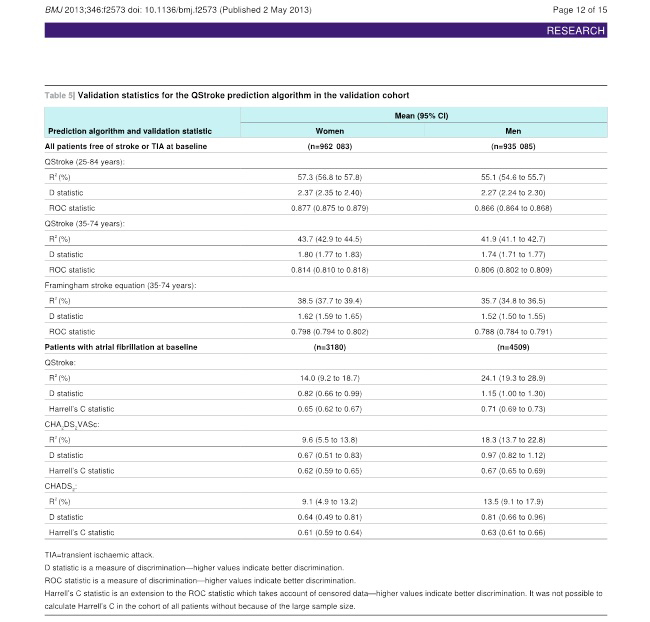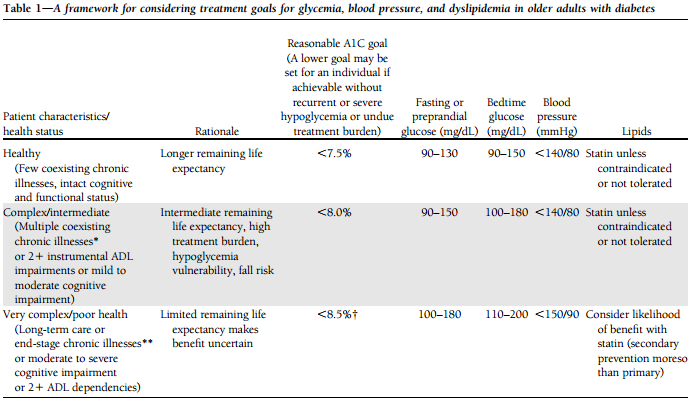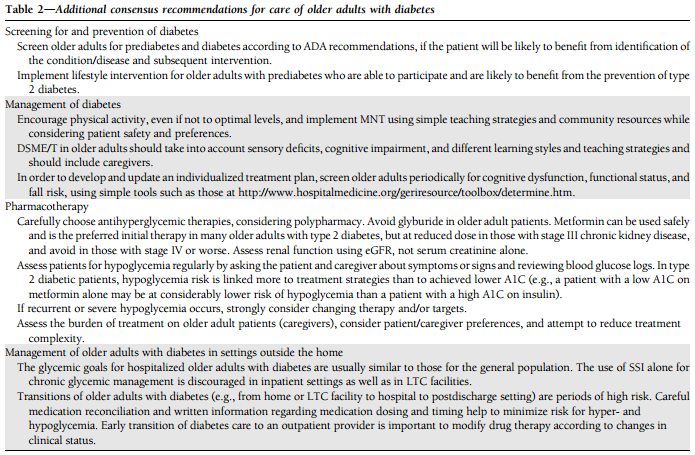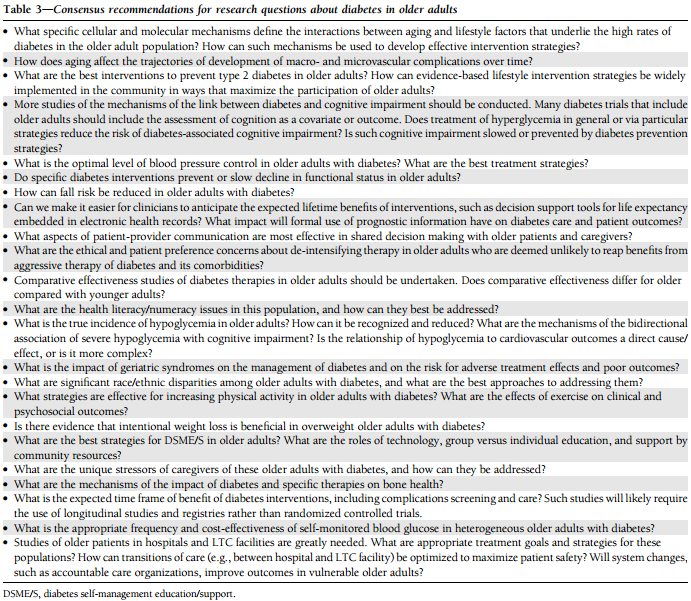【文献名】
1Julius Centre for Health Sciences and Primary Care, University Medical Centre Utrecht, PO Box 85500, 3508 GA Utrecht, Netherlands;2Department of Geriatrics, University Medical Centre Utrecht
Validation of two age dependent D-dimer cut-off values for exclusion of deep vein thrombosis in suspected elderly patients in primary care: retrospective, cross sectional, diagnostic analysis
雑誌名・書籍名:BMJ 2012;344:e2985 doi: 10.1136/bmj.
発行年:e2985 (Published 6 June 2012)
【要約】
<Objective>
To determine whether the use of age adapted D-dimer cut-off values can be translated to primary care patients who are suspected of deep vein thrombosis.
<Design>
Retrospective, cross sectional diagnostic study.
<Setting>
110 primary care doctors affiliated with three hospitals in the Netherlands.
Participants 1374 consecutive patients (936 (68.1%) aged >50 years) with clinically suspected deep vein thrombosis.
<Main outcome measures>
Proportion of patients with D-dimer values below two proposed age adapted cut-off levels (age in years×10 μg/L in patients aged >50 years, or 750 μg/L in patients aged ?60 years), in whom deep vein thrombosis could be excluded; and the number of false negative results.
<Results>
Using the Wells score, 647 patients had an unlikely clinical probability of deep vein thrombosis. In these patients (at all ages), deep vein thrombosis could be excluded in 309 (47.8%) using the age dependent cut-off value compared with 272 (42.0%) using the conventional cut-off value of 500 μg/L (increase 5.7%, 95% confidence interval 4.1% to 7.8%). This exclusion rate resulted in 0.5% and 0.3% false negative cases, respectively (increase 0.2%, 0.004% to 8.6%).The increase in exclusion rate by using the age dependent cut-off value was highest in the oldest patients. In patients older than 80 years, deep vein thrombosis could be safely excluded in 22 (35.5%) patients using the age dependent cut-off value compared with 13 (21.0%) using the conventional cut-off value (increase 14.5%, 6.8% to 25.8%). Compared with the age dependent cut-off value, the cut-off value of 750 μg/L had a similar exclusion rate (307 (47.4%) patients) and false negative rate (0.3%).
<Conclusions>
Combined with a low clinical probability of deep vein thrombosis, use of the age dependent D-dimer cut-off value for patients older than 50 years or the cut-off value of 750 μg/L for patients aged 60 years and older resulted in a considerable increase in the proportion of patients in primary care in whom deep vein thrombosis could be safely excluded, compared with the conventional cut-off value of 500 μg/L.
【開催日】
2012年7月4日



